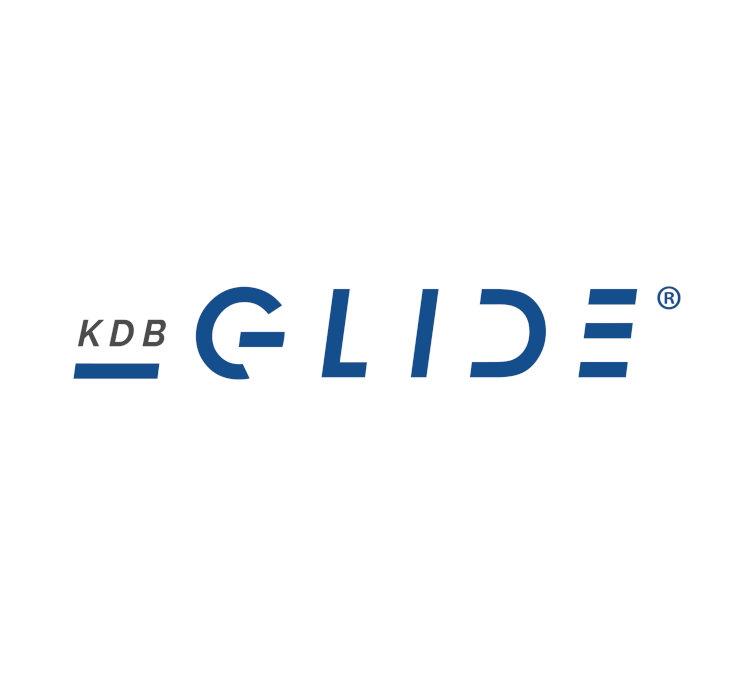Contact lens dropout rates have not changed appreciably in nearly two decades. Although new materials and preservative-free products have helped, neither was the tipping point we hoped for in contact lens practice. What’s more, as clinicians, we now face even greater challenges than we once did. The explosion in digital device use has placed an unprecedented burden on the ocular surface, erecting yet another hurdle to comfort. If there is one thing we have learned about contact lens dropout, it is this: We are less likely than ever to overcome it using traditional strategies. It’s time to start thinking outside the box.
In our clinical experience, and in that of many of our forward-thinking colleagues, the most effective way out of what is otherwise sure to be a downward spiral is to catch as many patients as we can as they come in for their annual exams. In other words, we need to identify which patients are at risk of dropping out prior to first fittings and before refits.
In this three-part series, we will explore how osmolarity testing can be the catalyst for change that the contact lens industry has long sought. This surprisingly simple approach is both practical and profitable.
(Review of Optometry, May 15 2016)



